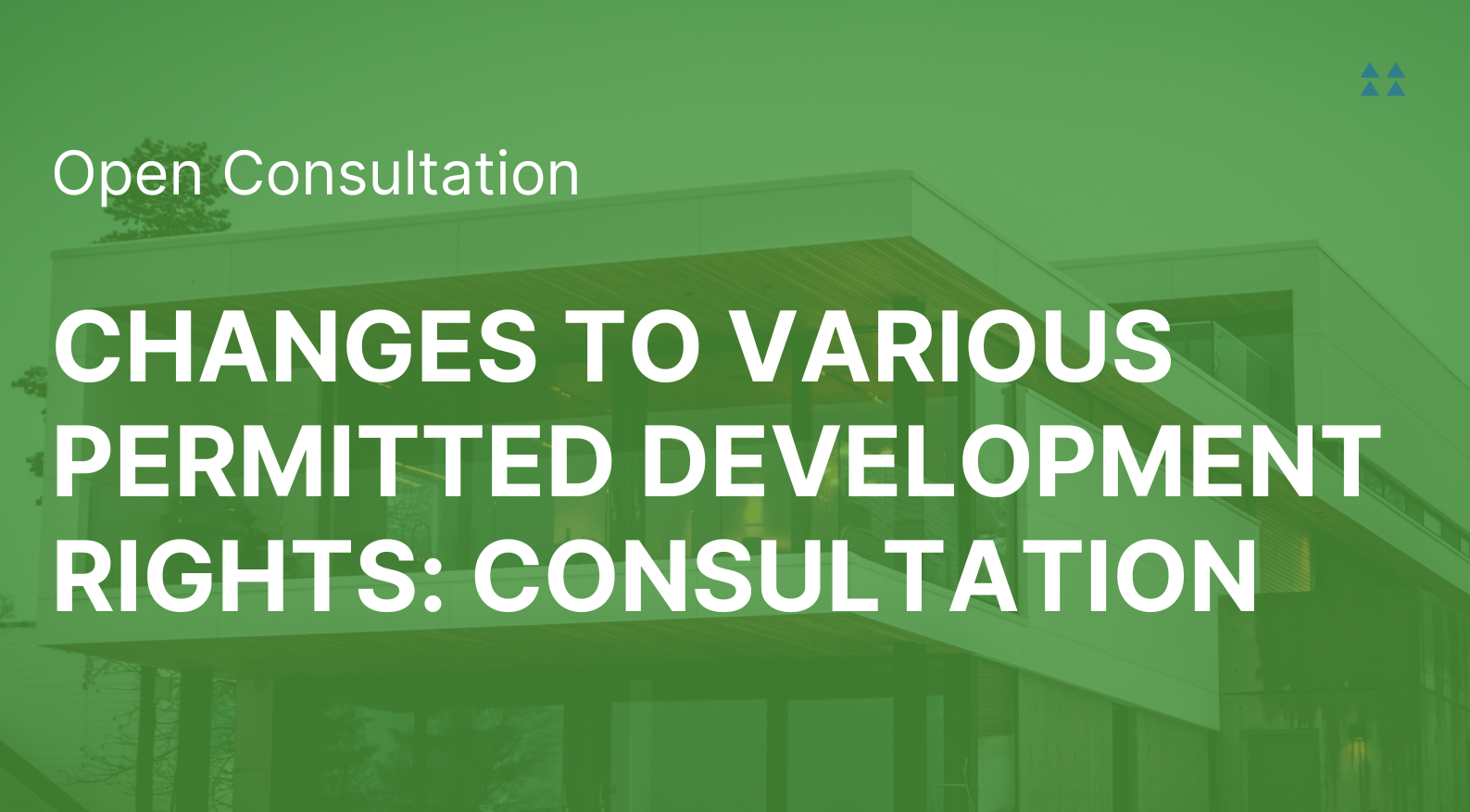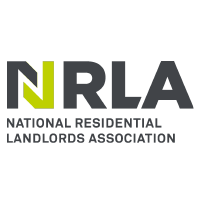
The Government quietly announced population projections towards the end of January that could have major implications for the types of homes we need going forward and, in particular, the private rental sector (PRS).
According to the Office for National Statistics (ONS), the UK population is projected to grow by 9.9% to 73.7 million between 2021 and 2036. That’s an extra 6.6 million people that will need a roof over their heads. The overwhelming majority of the increase – 92% – is forecast to be driven by net international migration.
Immigration has long been a hotly debated issue, dividing opinion in the pub as much as in Parliament. It is now widely acknowledged that a migrant workforce is a vital component in the UK economy, so is as important now as ever before, but critics point to the impact that this has on our overstretched infrastructure.
Whatever your politics on this issue, this surge in international migration poses issues for UK policymakers and the housing market. Immigrants typically seek short-term housing solutions when they move to the country, either in the form of living with resident family or privately rented accommodation.
Now look at the ONS’ household formation projections for England. These figures date back to 2020 and we expect an update from the Government next year, but they still highlight the direction of travel, which is that new households will be older and more people will live alone. This again has major implications for housing provision and demand for rented homes.
Nearly two thirds, 64%, of the projected growth in households is where the household reference person (the head of the household in ONS terms) is aged 75 years or older. Meanwhile, 95% of the increase is attributable to one-person households and multiple adult households without dependent children. Again, one of the fastest-growing tenant groups in the PRS over the decade has been older people.
Finally, let’s consider the type of homes we’re building. According to the Department for Levelling Up, Housing and Communities (DLUHC), just 7% of homes completed in England in the year to April 2023 were one-bedroom houses or flats, a figure that falls to just 5% by those built by private enterprises rather than housing associations. Just under two thirds of housing completions were three or four-bed properties.
So, what does this mean for the housing market? Put bluntly, not only are we not building enough homes, we aren’t producing the right type of homes to cater for future housing needs.
Frustratingly, we aren’t just sleepwalking into a deeper housing crisis, we are striding towards it with eyes wide open.
Government and policymakers know we aren’t building enough homes, but there is an apparent lack of desire or political bravery to tackle the underlying problem to address it. There have been so many Housing Ministers in recent years that they should install a revolving door into the holder’s office at DLUHC.
Policies need to be developed that encourage continued investment in the sector from private landlords who can quickly and efficiently react to local market needs.
Build-to-Rent will undoubtedly be part of the solution, but it will continue to complement rather than replace private landlords. I have said it before, but there is competition for capital; private landlords need a stable and fair regulatory and fiscal environment in which to operate.
As we look towards a new Government in the coming months, we urgently need a radical, holistic, realistic and deliverable plan to meet our future housing needs. We will be working with whichever Government is in place to stress this point.
Anything else is storing up major problems for future generations.
* Richard Rowntree is Managing Director of Mortgages at Paragon Bank *
Original Post: https://www.landlordtoday.co.uk/












